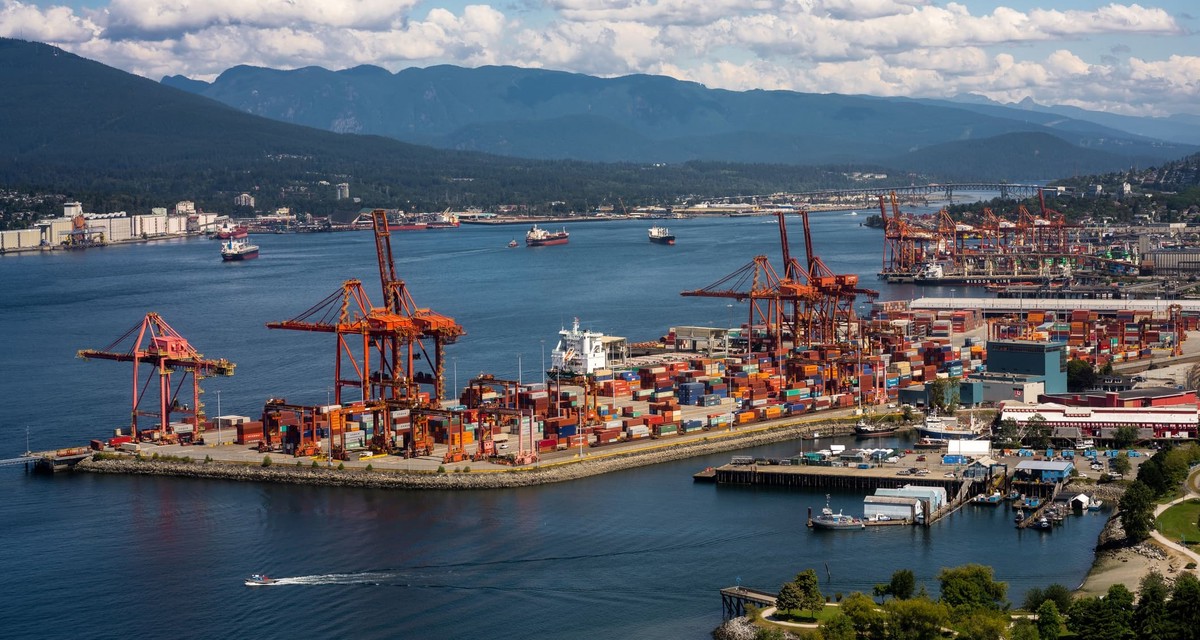Canada introduces tax breaks for green hydrogen and CCUS
The Canadian government has passed the bill approving CAD 93 billion ($67.97 billion) over 10 years towards the “Clean Economy Investment Tax Credits” (ITC) federal program.
 PHOTO: Aerial view of Port of Vancouver in Canada. Getty Images
PHOTO: Aerial view of Port of Vancouver in Canada. Getty Images
Canada introduced four tax credit schemes under umbrella of the ITC act. These include “the Clean Technology ITC, the Carbon Capture, Utilization and Storage (CCUS) ITC, the Clean Technology Manufacturing ITC, and the Clean Hydrogen ITC.”
Clean hydrogen producers are eligible for tax credits ranging from 15-40% and producers with "the cleanest hydrogen" will receive the largest subsidies. Clean hydrogen refers to hydrogen produced through processes that result in little to no greenhouse gas emissions, with green hydrogen being considered the cleanest form of hydrogen.
“Equipment needed to convert hydrogen into ammonia, in order to transport hydrogen, may also be eligible,” the government announced.
Projects that capture carbon dioxide from biogenic sources or through direct air capture (DAC), as well as those involved in transporting and storing the captured carbon, will qualify for subsidies under the CCUS ITC scheme. Fuel producers are eligible, the government said.
Investments in solar panels, wind turbines, electrolysers and small modular nuclear reactors can be eligible for clean technology subsidies.
Why it matters for shipping?
Tax credits for green hydrogen production and for carbon capture and storage could be advantageous for green and blue bunker fuel producers in Canada.
Green hydrogen, produced via water electrolysis using renewable electricity, will qualify for the highest refunds. This could particularly benefit producers of e-methanol and green ammonia fuel, which rely on green hydrogen as their primary feedstock.
Blue ammonia is typically blue hydrogen combined with nitrogen captured from the air and put through the so-called Haber-Bosch process. Hydrogen is actually fossil, as it is produced from steam methane reforming of natural gas. However, the CO2 emitted during this production process is captured, potentially making it eligible for tax credits.
Tax refunds on transportation of captured CO2 could also benefit shipping projects dedicated to transporting liquefied CO2.
By Konica Bhatt
Please get in touch with comments or additional info to news@engine.online






